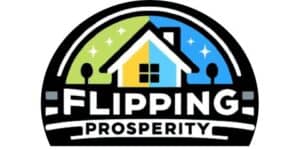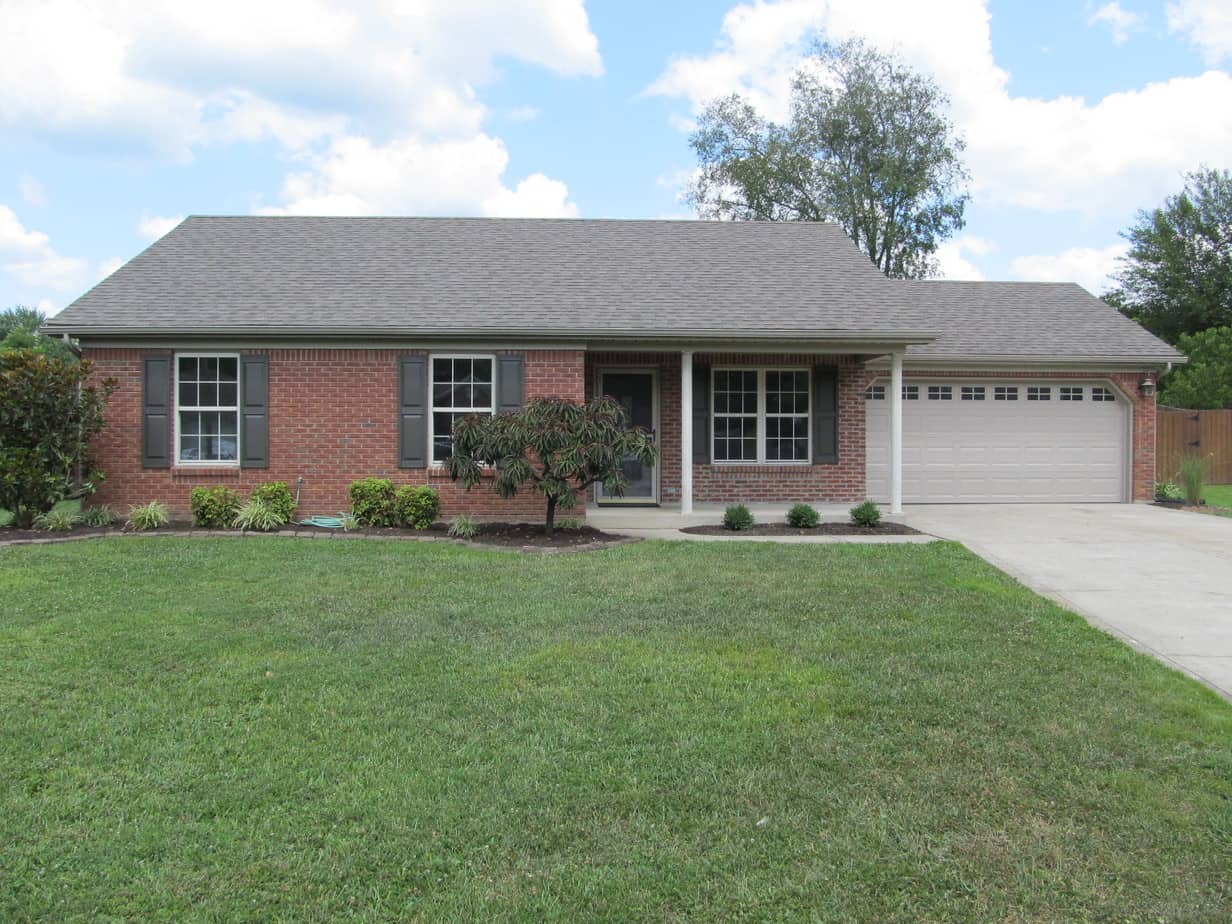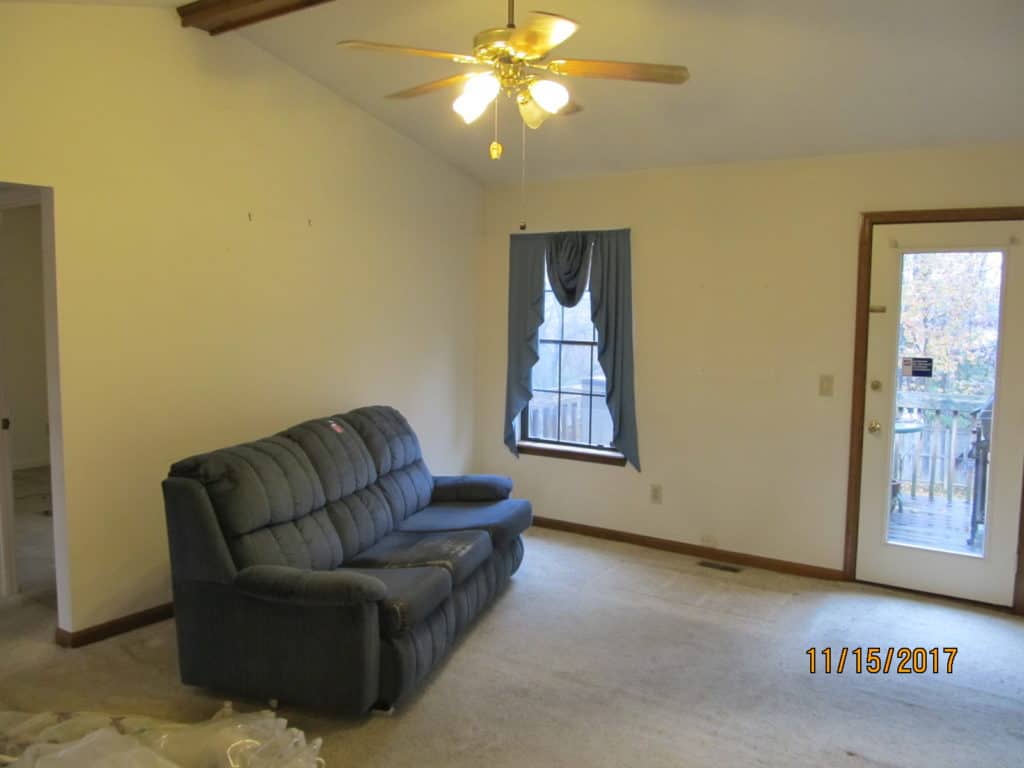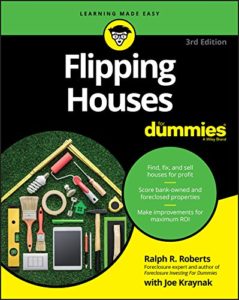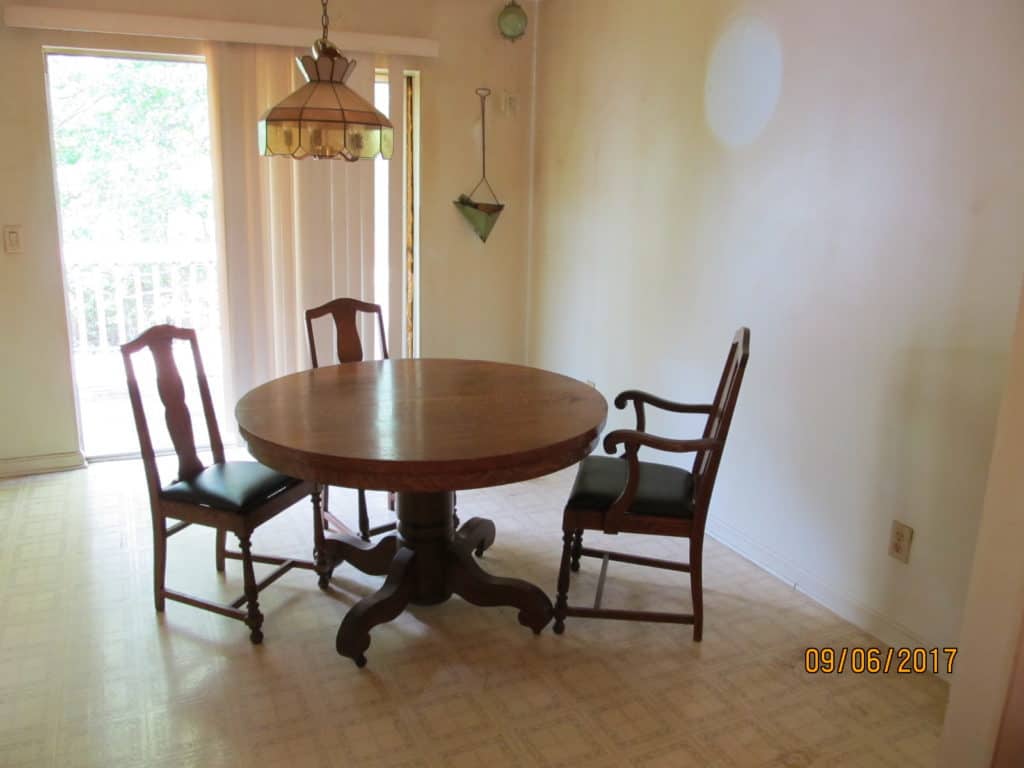When flipping a house, one of the most important elements to keep track of are the costs associated with the flip.
Because to successfully flip a property, you must know and budget for all expenses to ensure a profit at the end of the flip.
When just starting out though, as a house flipper, it can be difficult to know what to expect and how much things might cost when trying to set up a budget.
Because of this, as a house flipper, it can be extremely helpful to know what the different costs and expenses are of a house flip, as well as the average cost to flip a house.
Arming yourself with this information will help smooth out some of the peaks and valleys when flipping houses as well as cut down on unexpected surprises.
Average Cost to Flip a House
If you’re looking for a specific number in regards to the average cost to flip a house in this article, unfortunately, you’re out of luck.
When it comes to house flipping there are just too many variables and factors that can affect the costs associated with flipping a house to come up with any kind of reliable average or a specific number that would be applicable to all house flips in general.
Unfortunately, as a new house flipper just starting out, the only reliable average cost to flip a house is the one you’ll be able to come up with overtime on an individual level, once you have a few house-flips under your belt.
Just because there is no specific number when it comes to the average cost to flip a house though doesn’t mean all is lost.
As a new house flipper, you can learn a great deal about the costs associated with flipping a house and how to budget for a house flip simply by understanding the different expenses of a flip and what variables affect those expenses.
I just completed my 16th flip so I have a good handle on expenses and costs these days but when I first started out, a book that really helped me understand and break down the costs associated with flipping a house was “Flipping Houses for Dummies” by Ralph Roberts and Joseph Kraynak. You can check it out on Amazon by clicking here.
Main Costs Associated with Flipping a House
House flipping costs can be broken down into 5 main categories including the purchase of the property, rehab costs, loan costs, holding costs, and selling costs. As a house flipper, it’s important to have a good handle on each of these costs and to make sure that each is included in the budget for the house flip.
Purchase of the Property
Typically the largest expense when flipping a house is the purchase of the property itself.
And buying a house at a good price is one of the most critical points of the house flipping process.
Because if you pay too much for the home you’ll be fighting an uphill battle for the rest of the flip trying to make the numbers and budget work. As the old saying goes “you make your money when you buy the house not when you sell it“.
Rehab Costs
Rehab costs are the costs associated with remodeling and updating the home and are typically what comes to mind when people think about the costs associated with flipping a house.
Out of all the costs when house flipping, the cost of the rehab is by far the most difficult to plan and budget for, which is why it’s so important to have a thorough and detailed budget when planning for the rehab on your flip. Always remember that one of the quickest ways to destroy the profits from a house flip is with a runaway budget where rehab costs have gotten out of control.
If you can control your costs you will be in control of your profits.
Loan Costs
Typically it’s always best to use cash when flipping houses. As using cash allows for the most flexibility and removes the cost of the money as an expense when house flipping. However, most house flippers do not have the luxury to purchase the house in cash, especially when first starting out.
There are many different types of loans out there when it comes to house flipping but remember because house flipping loans are typically short-term loans the costs associated with those loans are much higher than what you might expect.
For example, a hard money loan which is a popular type of loan product that many house flippers use can typically charge between 10 and 15% interest on the money as well as upfront points that can range from 2 to 4%.
So when budgeting for a house flip don’t forget to include the cost of the money that you are using to purchase and rehab the home.
For more information on house flipping loans check out our article “How to Get Money to Flip a House“.
Holding Costs
An often forgotten cost of the house flipping process is what is called holding costs, which as the name implies are any costs associated with holding the property while you flip the home.
Some common holding costs for a house flip include property taxes, homeowners insurance, and utilities. While typically holding costs are one of the smaller costs associated with house flipping, they can definitely add up and it’s important to account for them when developing your house flipping budget.
Selling Costs
Selling costs are any costs associated with the actual sale of the house and can be quite expensive depending on the price you’re selling your house at.
One of the biggest costs associated with selling a house flip is the real estate brokerage fees that on average run around 6% of the sale price of the home. It’s easy to see with that kind of percentage that the cost of selling the home can get very expensive and it’s important to account for the expense when budgeting for a house flip.
Other selling costs to keep in mind are any title and title search fees you might have to pay for, as well as any buyer closing cost assistance that you might provide to help close the deal.
What Affects the Average Cost to Flip a House
There are several different factors that can affect the costs of a house flip and it’s important to have a good understanding of each in order to allow for these cost variances in your house flipping budget.
Location, Location, Location
While the old real estate saying “location, location, location” is typically used to emphasize the importance of a house’s location, the phrase can also be used to describe one of the biggest effects on the costs associated with flipping a house.
The most obvious of these effects is the price you pay when purchasing and selling your house flip.
For example, if you are located in the Midwest of the US you might buy a house flip at $50,000 and sell it for $100,000. Whereas if you are on one of the coasts or in a major city you might have to pay $200,000 or more just to buy a flip to potentially sell it for $400,000 after the rehab.
Location can not only affect the purchase and sales price of a house but it can also affect many other costs such as the cost of materials, the cost of labor, as well as holding costs.
Of all the factors that can affect the costs associated with flipping a house, location is by far the one that can have the greatest impact.
Condition of the Property
When it comes to house flipping there are many different levels of flipping a house when it comes to property condition. The condition of the property can have a big impact on the cost and the amount of money that will need to be spent on the house flip.
When considering the costs of a particular house flip, it’s important to know the current condition of the home and what level of repairs and updates the home will need.
For example, a home that just needs light updating and some paint and carpet will be far cheaper to rehab than a home that needs extensive repairs to major systems such as electrical, HVAC, plumbing, roof, etc…
As a beginner house flipper, it’s best to stick with paint and carpet flips in the beginning and work your way up to more extensive house flips and repairs to avoid getting overwhelmed or over your head when first starting out.
Your House Flipping Network
For any given cost associated with flipping a house, there is always a range of prices that can be paid for that cost. For example, one house flipper might pay $2,500 to have carpet installed in a house while another house flipper might pay $1,500 to have the same carpet installed.
Or one house flipper might pay 7% interest on the money borrowed to flip a house while another house flipper might pay 12% interest on the money.
As you can see the amount of money you pay for each individual cost associated with a flip can have a big impact on the overall costs of the flip.
This is why it is so important to develop a strong network when house flipping that includes, contractors, subcontractors, lenders, real estate agents, etc… to ensure you’re getting the best possible price to help keep the costs down on the house flip.
Remember every dollar you save when flipping a house is a dollar of profit that goes right in your pocket.
Recent Posts
Your bedroom is more than just a place to sleep; it's a personal sanctuary where you can unwind, relax, and recharge after a long day. Whether working with a small bedroom or a spacious suite,...
Are you ready to breathe new life into your living room? If so, look no further than modern living room colors, as they can transform your space from drab to fab. As the heart of the home, the...
